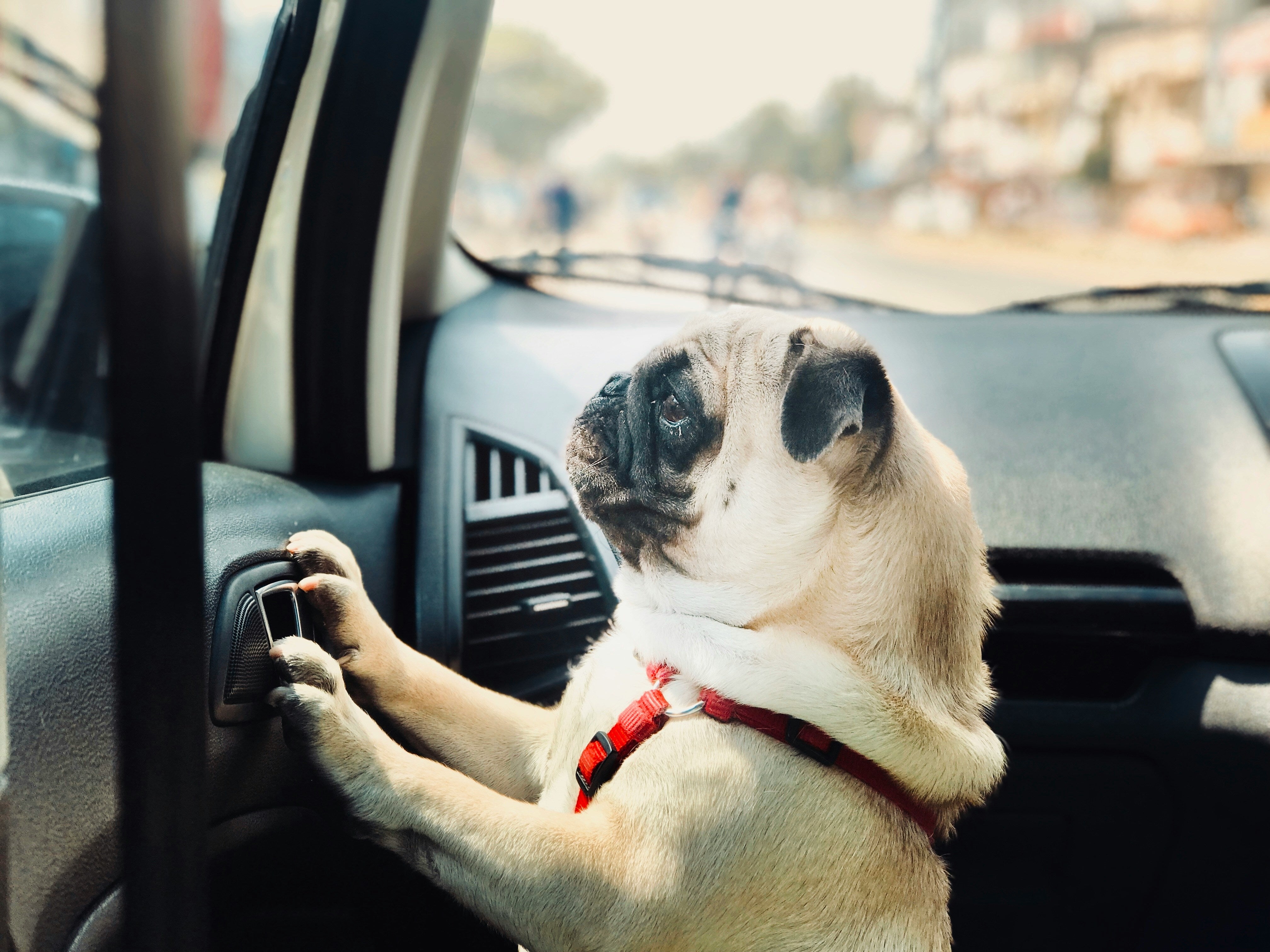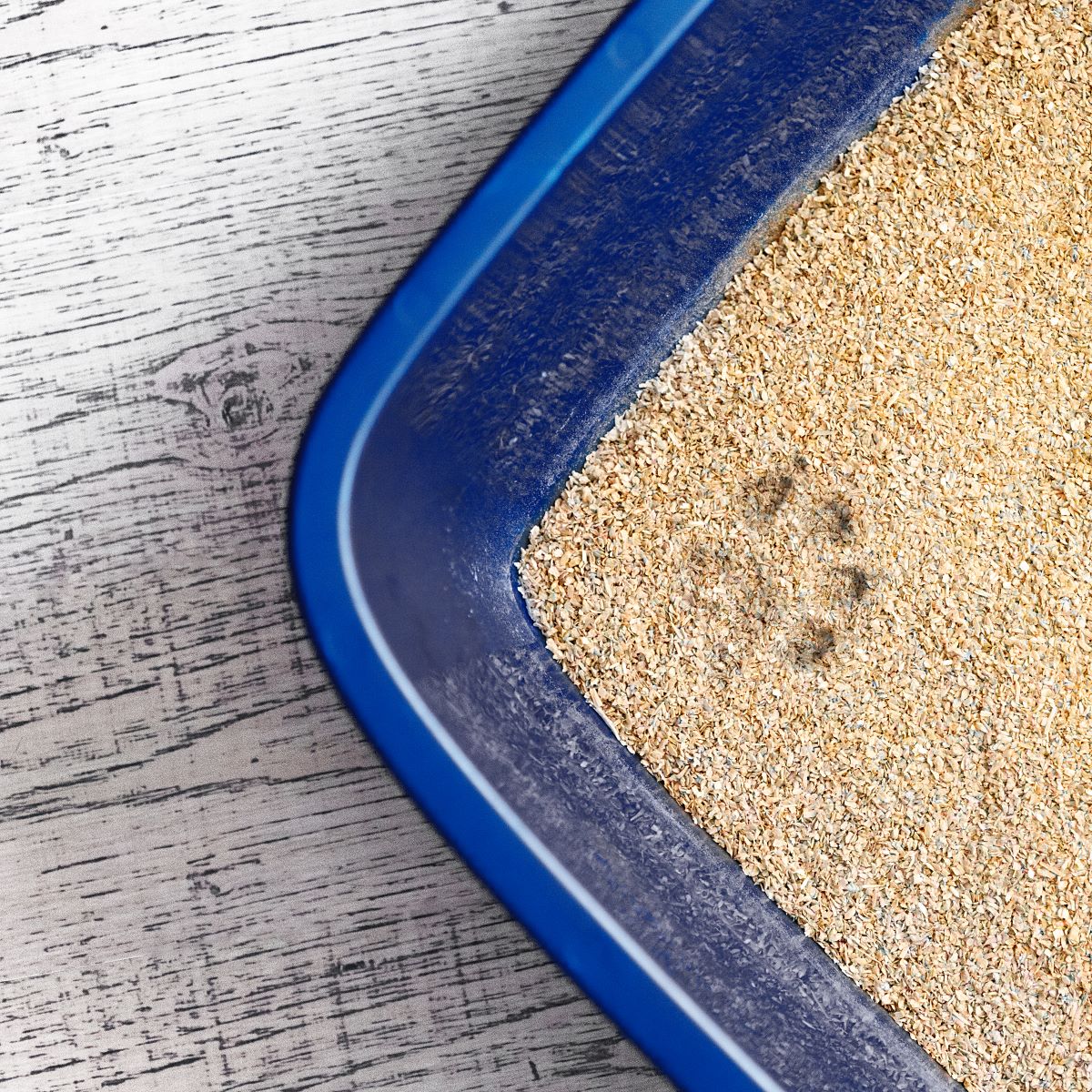
Traveling With Your Pet: How to Make Your Car Pet-Friendly
Photo by Anand Thakur on Unsplash
Traveling with pets can be a thrilling and memorable adventure, but it also presents unique challenges. By taking the necessary steps, you can efficiently transform your vehicle into a safe haven for your pets. In this article, we’ll discuss practical strategies for pet-proofing your car, ensuring your next journey is enjoyable for both you and your beloved animal.
Preparing Your Car Interior
Enhancing your car interiors can create a more pleasant environment for you and your pet, making every ride more enjoyable. Pet hairs or shedding fur, dirty paws, vomit, spills, and urine can do a lot of damage to your interiors. Invest in appropriate seat covers, floor mats, and other protective gear to protect your vehicle.
Choose quality, durable, and preferably waterproof pieces that can efficiently safeguard your vehicle interiors against chaos and accidental messes. Make sure they’re easy to clean and remove and are made from materials that are safe for pets.
In addition, make it a point to clean and declutter your vehicle before every road trip. Pets are innately curious, and leftover items or food can pique their interest, increasing the risk of them swallowing something dangerous. Deep-clean your interiors and remove clutter or possible choking hazards. Check the floor, seats, and every corner to ensure your pet won’t accidentally chew or eat something harmful.
Preparing Your Pet
In addition to prepping your car interiors, you must also take time to prepare your pet. Make sure it has proper identification by getting them microchipped. If they already are, check if the contact information listed is correct and update it if necessary. Groom them before the trip and ensure that the length of their nails and hair is appropriate and poses no safety risks.
Before traveling, have your pet checked thoroughly by your veterinarian. Ensure its vaccinations are updated, and it is fit and healthy to travel. If your pet is not in its best condition, avoid pushing through with your trip and reschedule it once it feels better. Never compromise your pet’s safety and comfort just for the sake of traveling, and always listen to your vet.
Doing test runs with your pets before your trip is also ideal. Take them on short road trips and do something enjoyable for your pet so that they associate car rides with stressful situations or individuals such as the groomer or the veterinarian. Driving them around, even for a few minutes daily, can help them become comfortable and secure inside a moving vehicle. This technique can help decrease pet anxiety, leading to a pleasant experience.
Essential Pet Travel Accessories
Equipping your vehicle with the right accessories is key to ensuring your pet’s comfort and safety during road trips. Here are some must-have pet accessories or essentials to ensure a pet-friendly car journey:
- Pet first-aid kit
- Pet waste bags
- Collapsible water bowls
- Treats
- Poop bags
- Pet seat
- Pet ramp
- Toys
- Pet carrier
- Leash
- Travel crates
You can also use a custom cat air freshener or a pet-friendly car air spray to keep your interiors smelling fresh and clean. These products can help enhance the driving experience by masking unpleasant pet odors, which can be stressful for all your passengers. However, make sure to choose a non-toxic air freshener, as some contain chemicals that can be harmful to pets. Do your research and seek guidance from your veterinarian if needed.
Safety Measures While Driving
Implementing essential safety measures can help protect you and your pets while on the road. Not all dogs and cats behave calmly while inside a moving vehicle. Install pet restraints or mesh barriers to prevent them from jumping into the passenger’s or driver's seat.
You can also strap them in with a seat belt or safety harness to ensure they won’t be a source of driver distraction. Be sure to choose durable pieces to keep your furry companion safe and comfortable all throughout the ride.
If you’re the designated driver, stay focused and avoid multitasking. Remain alert, follow traffic rules, and ask for help from others if necessary. Never use your phone while driving, and refrain from playing with your pet while behind the wheel. If your beloved pet becomes overly distracting, pull over at a safe place to attend to its needs. Check if your pet is hungry, uncomfortable, or needs to relieve himself.
Prior to each road trip, make sure to get enough sleep and avoid taking medications that may cause drowsiness. If you start to feel sleepy or tired while driving, ask someone else in your travel group to take over for a few hours.
If you’re traveling alone with your pet or don’t have anyone capable or qualified to drive, safely stop at a secure rest area and take a few minutes to rest. However, avoid staying too long, as your pet can get restless, wreak havoc on your car, and do something that can compromise your safety.
Managing Pet Anxiety and Behavior
Car rides can be anxiety-inducing for pets. Distressed animals can be challenging to manage, especially during long-distance road trips. Explore various techniques that can minimize pet anxiety and help them acclimate to their surroundings. Some effective ways include:
- Reducing your pet’s energy before leaving to prevent them from becoming hyperactive or disruptive
- Provide positive reinforcement when for their calm behaviors
- Ask for anti-anxiety or motion sickness from your veterinarian
- Play relaxing car music
- Make sure the temperature inside the car is conducive for you and your pet
- Use healthy calming aids recommended by your veterinarian
- Stop often for bathroom breaks to lessen accidents inside the vehicle and allow them to stretch their limbs
- Limit food and drink before travel and avoid feeding them while inside your moving car
Learning to manage your pet’s behavior while road traveling can lead to a more relaxed and enjoyable experience for everyone involved.
Endnote
As pet parents, it’s our responsibility to ensure our furry companions' car safety and comfort, particularly during long-distance road trips. With thoughtful planning and preparation, a positive mindset, expert guidance, and these tips, traveling with your pets can be a delightful experience you both can cherish.











 email us
email us